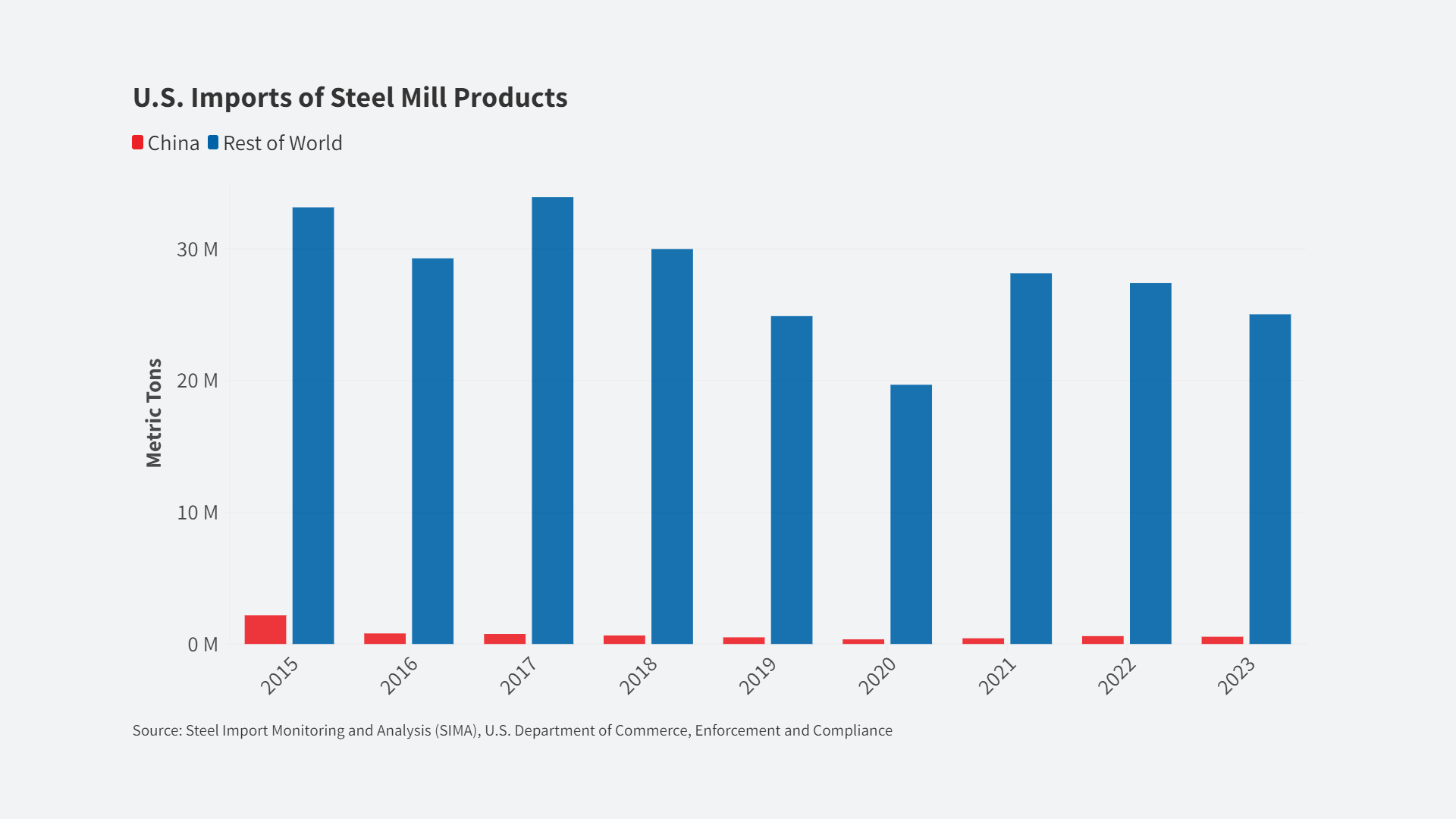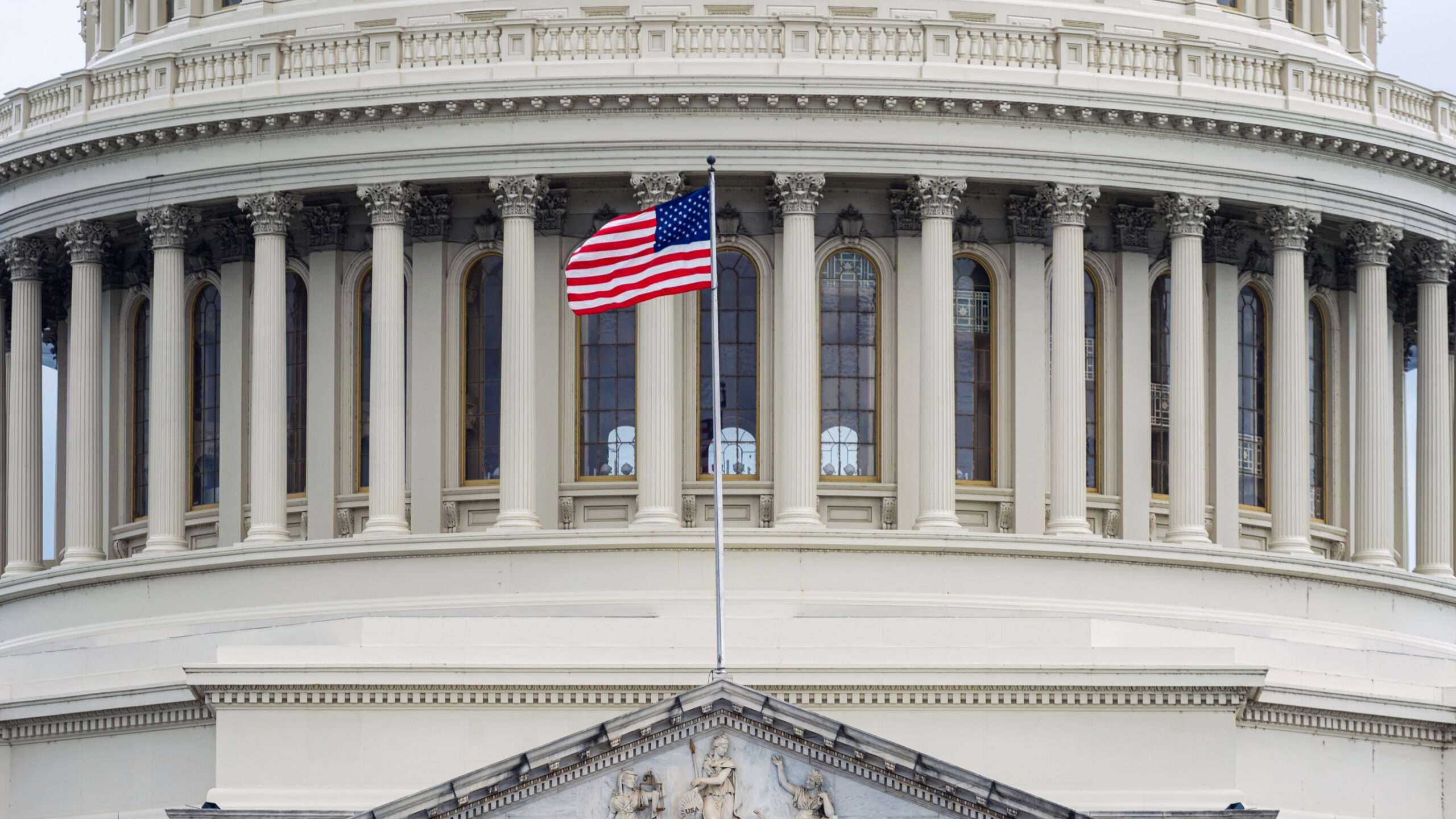
Executive summary
U.S. trade and investment agreements have almost always resulted in growing trade deficits and job losses. Under the 1993 North American Free Trade Agreement, growing trade deficits with Mexico cost 682,900 U.S. jobs as of 2010, and U.S.-Mexico trade deficits and job displacement have increased since then.
[Reposted from the EPI blog | Robert Scott | February 4, 2015]
President Obama promised that the U.S.-Korea Free Trade Agreement would increase U.S. goods exports by between $10 billion and $11 billion, supporting 70,000 American jobs from increased exports alone. However, in the first two years after that deal went into effect, U.S. exports actually declined, and growing trade deficits with South Korea cost nearly 60,000 U.S. jobs. The U.S. trade deficit with South Korea continues to rise.
This is important to keep in mind as secret negotiations for the Trans-Pacific Partnership (TPP) continue, most recently in Washington and New York. The United States has a large and growing trade deficit with Japan and the 10 other countries in the proposed TPP. This deficit has increased from $110.3 billion in 1997 to an estimated $261.7 billion in 2014.
Additionally, several members of the proposed TPP deal are well known currency manipulators, including Malaysia, Singapore, and Japan. In fact, Japan is the world’s second largest currency manipulator, behind China. The United States should not sign a trade and investment deal with these countries that does not include strong prohibitions on currency manipulation. Yet U.S. Trade Representative Michael Froman has testified that currency manipulation has not been discussed in the TPP negotiations (McCormack 2014).
As one of the world’s largest currency manipulators, Japan is responsible for a substantial share of the bloated U.S. global trade deficit. Eliminating currency manipulation by about 20 developing and developed countries (including Japan) could reduce the U.S. global trade deficit by between $200 billion and $500 billion each year, which could increase overall U.S. GDP by between $288 billion and $720 billion and create between 2.3 million and 5.8 million U.S. jobs. This report evaluates the impacts of Japan’s currency manipulation, specifically as manifested in the U.S. trade deficit with Japan, on the U.S. economy and jobs. It finds that currency manipulation by Japan has resulted in a large, persistent U.S. trade deficit with Japan that has displaced hundreds of thousands of U.S. jobs:
- The U.S.-Japan goods trade deficit reached $78.3 billion in 2013, reducing U.S. GDP by $125.3 billion or nearly 0.75 percent of actual GDP in that year. Japan’s currency manipulation was the most important cause of this deficit, which displaced 896,600 U.S. jobs in 2013, with job losses in every state and nearly all U.S. congressional districts.
- The 896,600 jobs eliminated by the U.S. goods trade deficit with Japan included 148,400 direct jobs in commodity and manufacturing industries that competed with unfairly traded imports and exports from Japan. The currency-manipulation-fueled trade deficit was also responsible for the loss of 412,000 indirect jobs in supplier industries, and an additional 336,200 “respending” jobs—jobs that would have been supported by the wages of workers displaced by trade with Japan.
- The nearly 900,000 direct, indirect, and respending jobs displaced by the U.S.-Japan trade deficit in 2013 affected multiple sectors and industries. Job losses include 466,000 manufacturing jobs (52 percent of the jobs lost due to the U.S.-Japan trade deficit). Within manufacturing, by far the largest losses occurred in motor vehicles and parts, which lost 118,800 jobs (13.3 percent of total jobs lost). Other manufacturing industries with large losses include machinery (96,600 jobs), fabricated metal products (80,800 jobs), and computer and electronic parts (66,100 jobs). The U.S.-Japan trade deficit was also responsible for significant job losses outside of manufacturing in administrative and support industries (61,800 jobs); health care and social assistance (60,500 jobs); retail trade (51,800); professional, scientific, and technical services (50,000 jobs), and accommodation and food services (48,500 jobs). Net trade with Japan also created a total of 63,600 jobs in U.S. agricultural industries.
- The U.S.-Japan trade deficit also reduced tax revenues and increased safety net expenditures in 2013, increasing the federal budget deficit by $46.4 billion, 7.4 percent of the federal budget deficit in that year. If the U.S. trade deficit with Japan were to persist at the 2013 level for the next 10 years, the loss of jobs and wages would add $460 billion to the total federal deficit over the next decade. The U.S.-Japan trade deficit also reduced net state and local resources by $17.5 billion in 2013, alone.
- Each of the 50 states and the District of Columbia lost jobs due to the U.S. trade deficit with Japan in 2013. Job losses were greatest in Michigan, where they constituted 1.34 percent of total state employment.
- Eight of the 10 states with the highest job losses (as a share of total employment) are in the Midwest or the East South Central census regions, all states where manufacturing predominates: Michigan (56,200 jobs), Indiana (33,700 jobs), Ohio (50,900 jobs), Kentucky (16,400 jobs), Wisconsin (24,300 jobs), Tennessee (23,200 jobs), Alabama (16,000 jobs) and Illinois (45,500 jobs). Rounding out the top 10 states losing the largest shares of jobs were South Carolina (16,800 jobs) in the South Atlantic region, and New Hampshire (5,300 jobs) in New England.
- The U.S. trade deficit with Japan resulted in net job losses in all but three U.S. Congressional Districts, and has displaced up to 6,000 jobs in a single U.S. congressional district. In the 20 congressional districts with the largest shares of jobs lost, losses ranged from 3,100 to 6,000 jobs. The 10th Congressional District in Michigan was the hardest hit district in the country, ranked in terms of jobs displaced as a share of total district employment, losing 5,500 jobs (1.78 percent of total employment). Among these top 20 U.S. congressional districts, job losses as a share of district employment ranged from 1.17 percent to 1.78 percent. Of the states with top-20 job-losing districts, the hardest hit state was Michigan (with 10 districts in the top 20, followed by Indiana (four districts); Ohio and South Carolina (two districts each); and California and Wisconsin (one each).
Currency manipulation is the most important cause of the large and growing U.S. trade deficit with Japan. In the past two years, Japan has driven down the value of the yen primarily through large purchases of foreign assets, and also and by announcing its intention to reduce the yen’s value.
Purchases and holdings of foreign exchange reserves by the Bank of Japan and of other foreign assets by Japan’s Government Pension Investment Fund (GPIF) are an indispensable element of Japan’s currency policy. Without its massive government holdings of foreign assets, and its continuing and periodic massive purchases of new foreign assets, the government of Japan would have been unable to prevent the yen from adjusting to levels consistent with large trade and current account surpluses.
It is important to distinguish the effects of quantitative easing (defined as central bank purchases of assets denominated in its own currency) from currency intervention (defined as government purchases of assets denominated in foreign currencies). All countries should be free to engage in quantitative easing and other elements of domestic monetary policy, subject only to their own domestic policy goals and constraints (such as excessive inflationary pressure, as perceived by domestic authorities, as well as domestic employment and wage targets). Domestic monetary policies should not be labeled as part of currency manipulation, and such policies should not be constrained by international agreements. Prudential measures are appropriate to deal with short-term economic problems.
In short, all countries should be free to print money to purchase their own domestic assets. On the other hand, countries should be strongly discouraged from purchasing and holding assets denominated in foreign currencies, which is the central, defining tool of currency manipulation.
In this context the United States should insist that currency manipulation be directly addressed in the proposed Trans-Pacific Partnership. Members of the TPP should also agree to rebalance trade and currency markets, including through divestiture of excess foreign assets in government portfolios, before any trade and investment agreement takes effect. They should also forswear the use of currency manipulation in the future, and submit to strong, binding currency disciplines in the event these commitments are violated.













